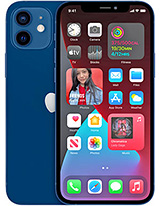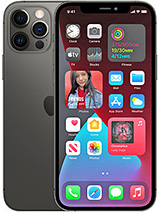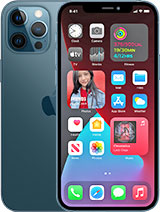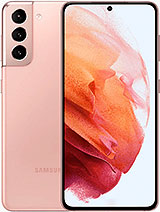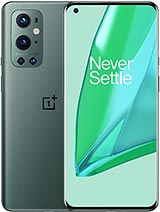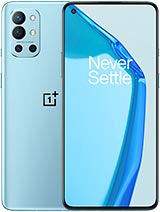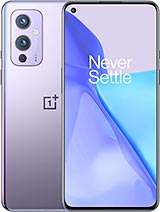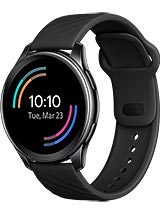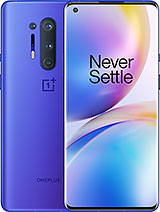OnePlus 9 Pro vs. Galaxy S21 Ultra vs. iPhone 12 Pro Max Battery Test By PhoneBuff
We are finally done running all of our trials for the OnePlus 9 pro, so today we're comparing it to its biggest competitors in the galaxy s21 ultra and the iPhone 12 Pro max. Taking a look at the spec sheets, the OnePlus and the galaxy do share a lot of the same specs, but where they differ, is in their battery capacities, with the galaxy's battery being significantly larger. That said, though, at least from what we've seen in our previous tests, OnePlus does seem to squeeze just a little more out of their specs than Samsung. Of course, when it comes to getting more out of their specs, nobody does it better than apple where, while it has the smallest battery of the bunch by far iOS just sips on power, not to mention the iPhone also has a hardware advantage, at least in the context of this battery test, or really only in the context of a battery test of having it. The slowest and least power hungry, 60 hertz display. So it's going to be interesting to see how these three flagship smartphones stack up.
Okay, we'll kick things off in the phone app where each of these phones is going on a one-hour phone call where the iPhone actually does the best dropping by only two percent compared to the five percent drop on the galaxy and a six percent drop on the OnePlus 9 pro. But look we've seen this before. Sometimes phones overestimate on their battery percentages early on, so we'll have to see how they fare here in the messaging test. Now, while both the android phones are set to their maximum resolutions with their adaptive refresh rate settings turned on we're not actually scrolling on the screens here, we're just tapping on the keyboard to type in some messages. So in a theory, their adaptive refresh rate screens could be operating at a refresh rate.
That's actually much lower than the max rate of 120 hertz and at least for the galaxy it seemed like it helped with it doing the best of the bunch dropping by just six percent, but unfortunately, the same isn't true for the OnePlus, with it actually taking the biggest hit at a nine percent drop here in the email test. We're opening up the same set of emails, but this time we are scrolling through them, so at least during the scrolling, the android phones should be operating at their higher refresh rates, but one hour later, it's actually the same result as the last test. The galaxy does the best with a six percent drop. The iPhone does only slightly worse at a seven percent drop while the OnePlus comes into third, yet again suffering a nine percent drop, so the OnePlus 9 pro has dug itself in a bit of a hole here. It's clearly in third place with the other two phones well ahead, but we'll see if we can make up some ground here in the browser test, where the processors are actually being pushed with each phone having to load up the same set of websites every 30 seconds where, after one hour, while it didn't make up any ground, the OnePlus was technically more efficient than at least the galaxy, since they both dropped by an equal 12.
Even though the OnePlus has a smaller battery. But of course, in terms of efficiency, the iPhone takes the cake dropping by only eight percent. Despite having the smallest battery by far in this Instagram test, we're not doing anything special we're just scrolling through the home feed, like you would in real life, where, after one hour, the iPhone and the galaxy both do really well dropping by an equal seven percent. While the OnePlus comes in at third again dropping by 10, as we head into the 16-hour standby with the screens off for the entire duration. Those 120hz refresh rates on the android phones won't be a negative factor here and, as a result, all three phones do roughly the same with the galaxy doing only slightly better than the other two dropping by only nine percent instead of ten.
But you know that wasn't really a surprise, given that the galaxy does have the biggest battery of the bunch. But we'll see what happens here on youtube where the phones are playing the same set of videos with the speakers on each phone calibrated to the same decibel count where one hour into it. This time the galaxy actually does the worst, but only by a little dropping by ten percent compared to the nine percent drop on. Both the OnePlus and the iPhone going into the gaming test. I expect the iPhone to do the best here, given that it's only running at 60 hertz compared to the 120 hertz on the android phones, which means that the GPU on the iPhone isn't being taxed anywhere near as heavily and that's pretty much exactly what we see the iPhone drains by 11.
While the OnePlus actually does better than the galaxy dropping by 13. Compared to the 15 point drop on the s21, which is interesting, because that makes the OnePlus 2 for two in the most processor intensive tests, with it doing better than the galaxy in both the browser test and in the gaming test. Despite having the same processor and a smaller battery. So it looks like OnePlus may somehow be getting more efficient usage out of the snapdragon 888, but hearing maps that gets wiped away by the galaxy with it doing the best by far dropping by only seven percent, while the other two phones drop by 11 percent. Here in Spotify we're putting those speakers to work.
While the screens are on they're not really being interacted with which at least on the android phones means that they technically should be dropping to a lower refresh rate, but one hour later, despite having the smallest battery, the iPhone drops by just 10, with the OnePlus being able to match it also dropping by 10, while the galaxy takes the biggest hit with a 12 train. But at least the galaxy has 11 battery still left to go. The OnePlus, on the other hand, has just one percent. So it's on its last leg here, while the iPhone is sitting pretty at 18. Now this Snapchat slash camera test is the most intensive test so far, meaning one minute in this test is not the same as one minute and something easy like messaging, but even then it took a whole 15 minutes for that.
One percent on the OnePlus to finally run out, while in the same exact period the galaxy drops by five percent, so clearly, OnePlus has been underreporting on its battery percentage. In fact, we saw this in all of our battery trials, where it looks like the OnePlus is about to die with just one percent left and then somehow it lasts way longer than expected. OnePlus is probably doing this in order to kind of nudge people to charge their phones before it dies on them completely, and it really changes the whole perspective of this battery test with the galaxy dying just 15 minutes later, meaning it was a lot closer than it looked at least between the android phones, while the iPhone of course was not only able to finish with snap, but it also went for 20 minutes in our app cycle test. So it's a clear win for the iPhone, but not as bad of a result, as we initially thought for the OnePlus, given that that last one percent on the OnePlus is really like having five or six percent but anyways. That is it for me in this video.
Thank you for watching and as always I'll see you in the very next episode.
Source : PhoneBuff

